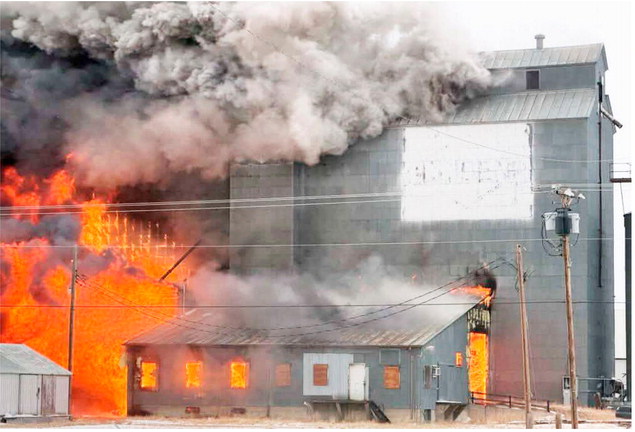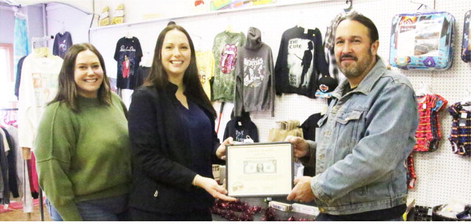How Montana Is Trying To Solve Its Struggles With Teachers’ Pay
Olivia DeJohn laughs as she chalks up having found a classroom she loves so early in her teaching career to serendipity. She teaches second grade at Missoula’s Paxson Elementary School, a job she quips “fell into my lap.” She did her student teaching at Paxson while getting her master’s degree at the University of Montana and, as a result, was asked to serve as a long-term substitute for an educator who had to go on leave.
“Originally when I heard second grade, I was like, ‘Oh, that’s not what I want. They’re so young. I don’t know if I can do that,’” she recalled in a recent interview. “Now I never want to do anything else, because second grade is actually amazing.”
This fall marks DeJohn’s third full year on Paxson’s staff. The work falls in line with what drew her to the profession in the first place — a desire to “do some kind of public good” — and from day one the pay was better than anything she’d been accustomed to in the past. She’s quick to acknowledge that she doesn’t spend much in her personal life. She doesn’t have children, so she doesn’t have to budget for daycare. She rides her bike in town instead of driving, so she hasn’t had to contend with the recent spike in gas prices. But even with the higher starting wage her master’s degree netted her, a teacher’s salary begins to sound low when she thinks about renting a place of her own. DeJohn, 31, currently lives with two roommates.
“I’d have to spend literally half a month’s salary on that,” DeJohn said. “Or if I look at buying a house, then a mortgage payment would be more than that.”
Teacher pay has routinely surfaced as one of the primary challenges Montana schools face in recruiting and retaining educators. The issue speaks not only to the state’s ongoing teacher shortage, but to the increasing financial pressures on Montanans of all walks of life. Housing costs in many parts of Montana, including Bozeman, Missoula and Kalispell, have skyrocketed in recent years, and a poll conducted this spring found that 77 percent of Montana respondents considered lack of affordable housing an “extremely serious” or “very serious” problem.
Exacerbating the problem of living expenses is the issue of income. According to the National Education Association’s latest data, Montana’s average starting teacher salary during the 2020-21 school year was $32,495 — the lowest in the country.
Dana Holland has taught at Bozeman High School for six years. Her district is doing “a lot of things right,” she said, and she counts herself lucky to live in a dual-income household, which has helped alleviate some of the financial pressures of juggling a modest paycheck and rising prices. But the increased cost of housing in the Gallatin valley has proved a deterrent for some prospective hires. The district is already spending roughly 90 percent of its budget on employee pay, she said, and still she’s aware of several instances where applicants interested in the district have changed their minds at the last minute.
“We do get applicants and people do want to work here, but the housing prices have turned people away, Holland said. “It’s happened at least three times I can think of.”
In short, the cost of living is rising dramatically, and salaries aren’t keeping up. This is Montana’s version of a national problem. In a poll of its members conducted earlier this year, the National Education Association found that 55 percent of respondents were considering leaving the teaching profession in the wake of the COVID-19 pandemic. The organization cited low pay as one of the primary factors impacting educator retention across the country, along with stress and the increased politicization of public education.

